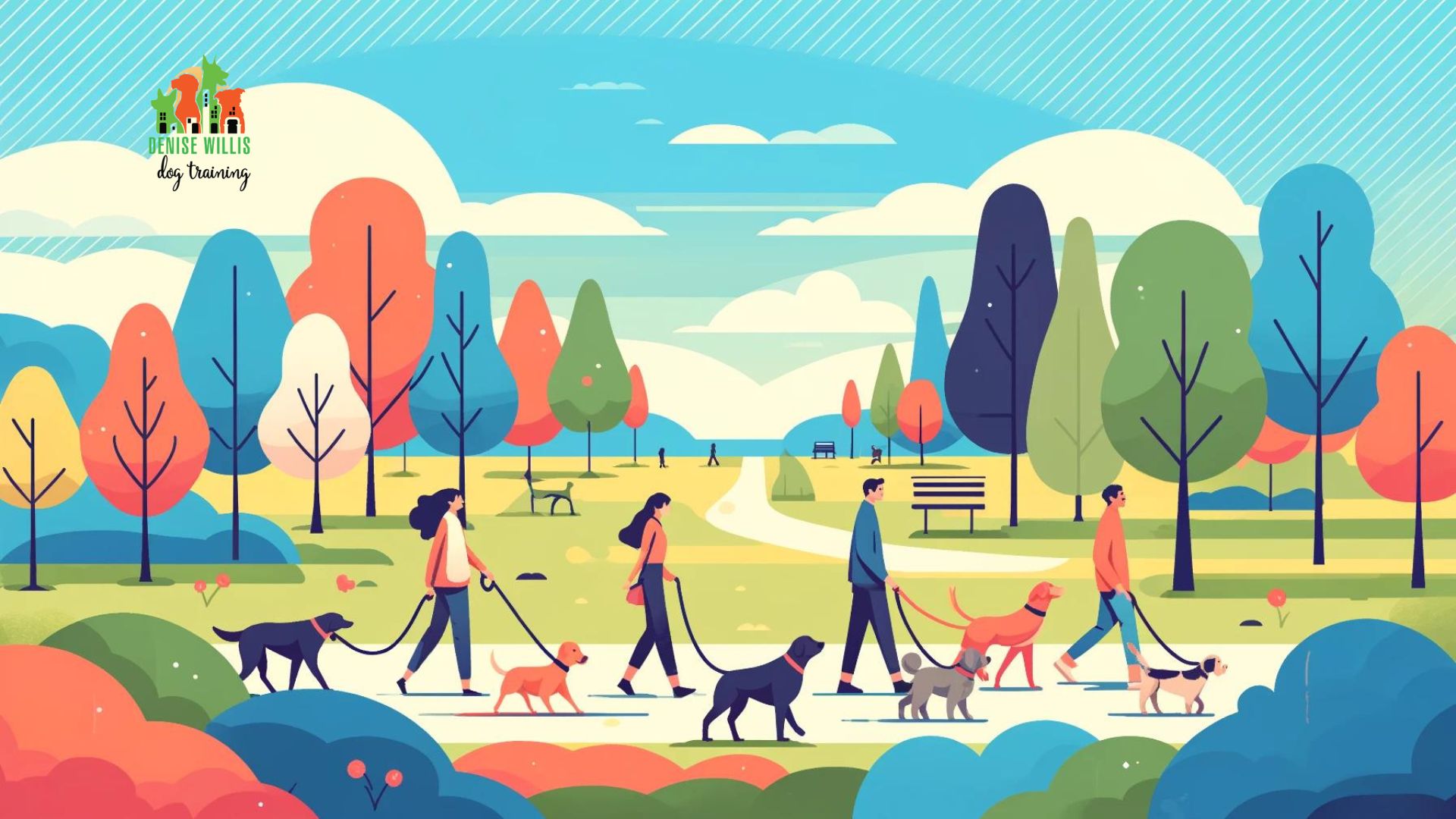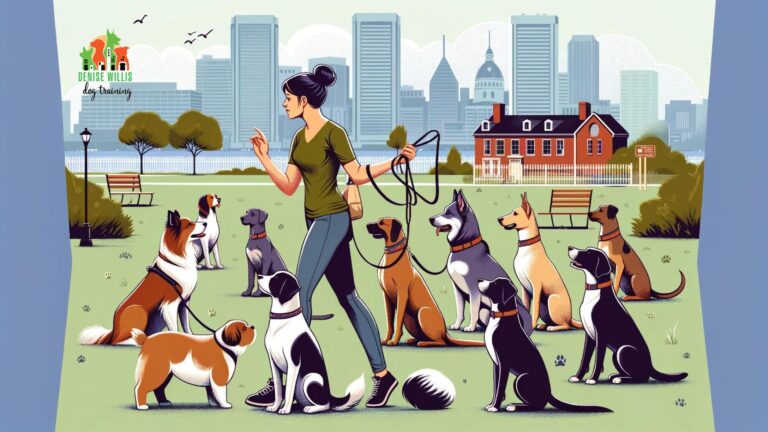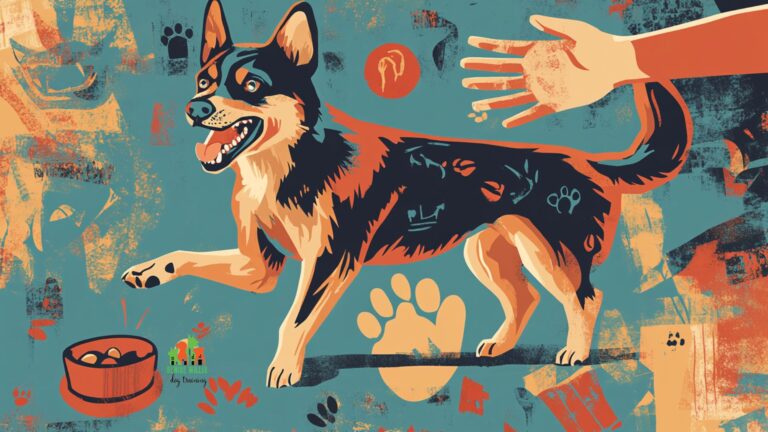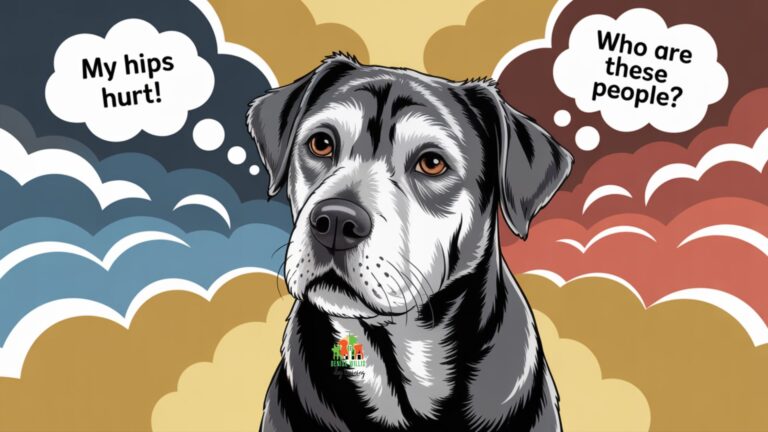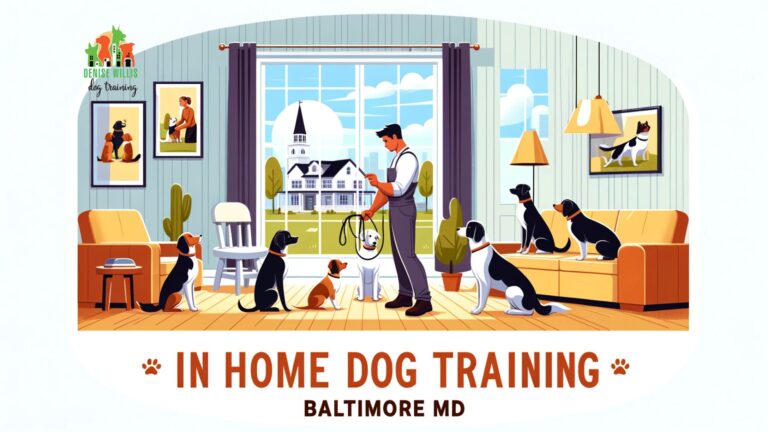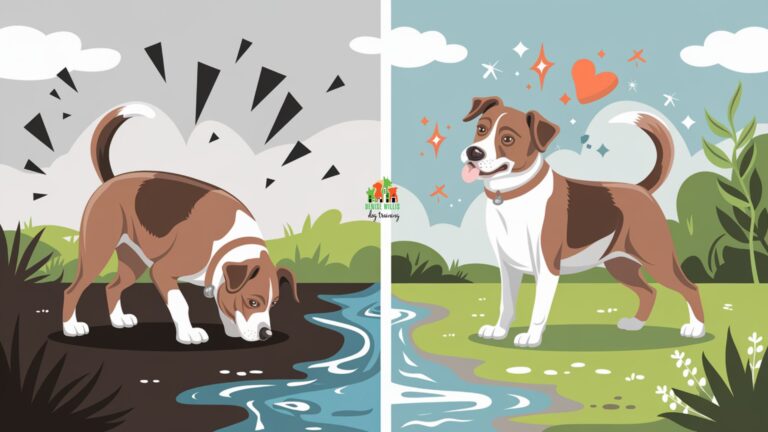The Ultimate Guide to Overcoming Your Dog’s Leash Reactivity
📍 Service Area Notice: DW Dog Training provides in-person training services exclusively in the Greater Baltimore area. While our blog content is designed to help dog owners internationally, our hands-on training services are locally focused. For readers outside our service area, we hope you find value in our articles and welcome you to reach out with questions!
Is your dog’s leash reactivity turning peaceful walks into stressful nightmares? You’re not alone. Many dog owners struggle with their furry friends lunging, barking, or growling at other dogs while on leash. As a seasoned dog trainer, I’ve seen firsthand how frustrating and embarrassing this behavior can be. The good news? With the right approach, you can help your dog remain calm and focused, even when passing other pups.
In this ultimate guide, I’ll share my proven strategies for overcoming leash reactivity, drawing from years of experience and the latest training techniques, including the effective use of e-collars when necessary. Get ready to transform your walks from chaos to tranquility and enjoy a stronger bond with your four-legged companion.
Understanding Leash Reactivity: Causes and Triggers
Before we dive into solutions, let’s take a closer look at what causes leash reactivity in dogs. Common triggers include:
- Frustration: When dogs are restrained by a leash, they may become frustrated by their inability to greet other dogs or explore their surroundings freely. This pent-up frustration can lead to reactive outbursts.
- Fear or Anxiety: Some dogs react aggressively due to fear or anxiety around other dogs, often stemming from a lack of proper socialization or negative past experiences.
- Barrier Aggression: The leash itself can create a psychological barrier, intensifying a dog’s aggression or territoriality.
- Overstimulation: Exciting or overwhelming environments, such as busy streets or crowded parks, can cause a dog to become overstimulated and more likely to react.
Identifying your dog’s specific triggers is crucial in developing a tailored training plan to address their leash reactivity.
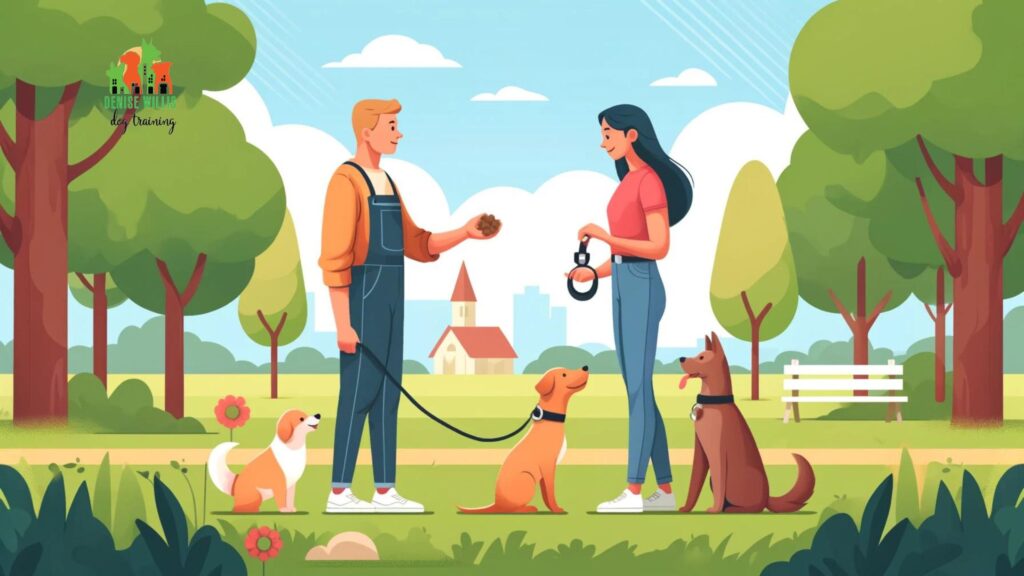
A Multi-Faceted Approach: Combining Positive Reinforcement and E-Collar Training
When it comes to tackling leash reactivity, I believe in using a multi-faceted approach that combines positive reinforcement with the judicious use of e-collar training when appropriate. Here’s how it works:
- Positive Reinforcement: Start by rewarding your dog for calm behavior around their triggers. Use high-value treats and praise to reinforce relaxed body language and focus on you. Gradually decrease the distance between your dog and their triggers while rewarding calm responses.
- Desensitization and Counterconditioning: Slowly expose your dog to their triggers in a controlled manner, starting at a distance where they can remain calm. Pair the presence of the trigger with positive experiences, such as treats or playtime, to help your dog develop a more positive association.
- E-Collar Training: For dogs with more severe reactivity or those who struggle to respond to positive reinforcement alone, e-collar training can be a valuable tool. When used correctly and under the guidance of a professional trainer, e-collars can provide a clear and consistent consequence for reactive behavior, helping your dog learn to make better choices.
- Socialization and Off-Leash Play: Alongside leash reactivity training, it’s essential to provide your dog with positive socialization experiences and opportunities for off-leash play with well-matched doggy friends. This helps them build confidence and practice appropriate social skills in a relaxed setting.
Management Strategies for Leash Reactive Dogs
In addition to training, there are several management strategies you can use to set your dog up for success and minimize reactive episodes:
- Choose Quiet Walking Routes: Opt for less crowded, low-traffic areas when walking your dog, especially during the early stages of training.
- Use a Front-Clip Harness or Head Halter: These tools can provide better control and reduce your dog’s ability to pull or lunge towards triggers.
- Create Distance: When you spot a potential trigger, proactively create distance between your dog and the other dog or person. This can help prevent your dog from reaching their reactive threshold.
- Stay Calm and Positive: Your own energy and emotions can significantly impact your dog’s behavior. Remain calm, confident, and upbeat during walks, even in challenging situations.
The Importance of Professional Guidance
While it’s possible to make progress on your own, working with a professional dog trainer who is experienced in dealing with leash reactivity can make a world of difference. A skilled trainer can help you:
- Develop a customized training plan based on your dog’s specific needs and triggers.
- Teach you how to read your dog’s body language and recognize early signs of stress or arousal.
- Ensure that you’re using training tools, such as e-collars, safely and effectively.
- Provide ongoing support and guidance as you navigate the ups and downs of leash reactivity training.
At DW Dog Training, we specialize in helping dogs and their owners overcome leash reactivity and other behavioral challenges. Our expert trainers use a balanced approach that combines positive reinforcement with e-collar training to achieve lasting results. We offer private in-home training, board and train programs, and ongoing support to ensure your success.

Embarking on a Journey to Calmer Walks
Overcoming leash reactivity is a journey that requires patience, consistency, and a commitment to your dog’s well-being. By combining positive reinforcement, e-collar training, and professional guidance, you can help your furry friend learn to navigate the world with confidence and composure.
Remember, progress isn’t always linear, and setbacks are a normal part of the process. Celebrate the small victories along the way, and don’t hesitate to reach out for help when needed.
If you’re struggling with leash reactivity or any other dog training challenges in the Baltimore area, contact DW Dog Training today. Our experienced trainers are here to help you and your dog build a stronger, happier bond through effective, personalized training solutions. Together, we can transform your walks from stressful to serene and unlock your dog’s full potential.
Key Takeaways
- Leash reactivity is often caused by frustration, fear, anxiety, or overstimulation.
- A multi-faceted approach combining positive reinforcement and e-collar training can effectively address leash reactivity.
- Desensitization, counterconditioning, and controlled socialization are essential components of a leash reactivity training plan.
- Management strategies, such as choosing quiet walking routes and using appropriate walking tools, can help set your dog up for success.
- Working with a professional dog trainer who is experienced in leash reactivity can provide invaluable guidance and support.
Frequently Asked Questions About Leash Reactivity in Dogs
- Q: How long does it typically take to see improvement in a leash-reactive dog? A: The timeline for improvement varies depending on the severity of the reactivity and the consistency of training. With dedication and professional guidance, most dogs show noticeable progress within a few weeks to a few months.
- Q: Can e-collar training really help with leash reactivity? A: Yes, when used correctly and under the guidance of a skilled trainer, e-collar training can be a powerful tool in addressing leash reactivity. It provides a clear and consistent consequence for reactive behavior, helping dogs learn to make better choices.
- Q: Is it ever too late to start training a leash-reactive dog? A: No, it’s never too late to start training! While it may take more time and patience with older dogs or those with a longer history of reactivity, they can still make significant progress with the right approach.
- Q: Can I train my leash-reactive dog on my own, or do I need professional help? A: While it’s possible to make some progress on your own, working with a professional trainer who specializes in leash reactivity can greatly accelerate your results and ensure that you’re using the most effective and safe techniques for your dog.
- Q: What should I do if my dog has a reactive episode during a walk? A: If your dog reacts to a trigger, stay calm and avoid punishing them. Quickly create distance between your dog and the trigger, and redirect their attention with treats or a favorite toy. If your dog is struggling to calm down, it’s okay to end the walk and try again later.

